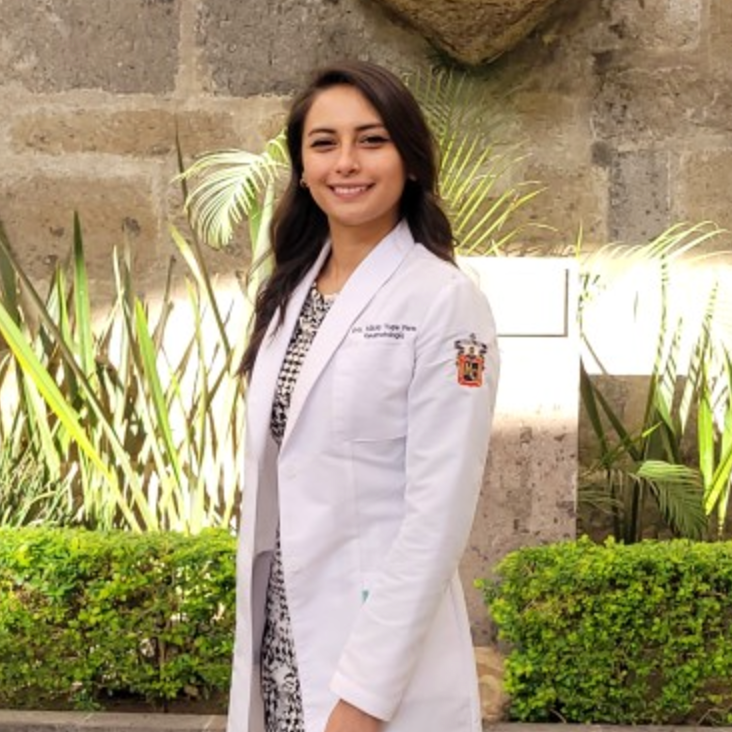Article
COVID-19 Pandemic May Have Worsened Racial Disparities in Wait Times for Specialty Consults
Author(s):
A new study from clinicians in the VA Boston Healthcare System provides an overview of the impact the COVID-19 pandemic has had on racial disparities in wait times for new cardiology and orthopedic specialist consultations.

An analysis of data from more than 1.1 patients within the US Department of Veterans Affairs (VA) health system paints a grim picture related to racial disparities in wait times for care among minority patients.
A cross-sectional study of data from the VA’s Corporate Data Warehouse from 2019-2021, results of the study, which examined new consultations for outpatient cardiology and/or orthopedic services, suggests wait time disparities for Black and Hispanic veterans increased from the pre-COVID-19 to COVID-19 periods.
“To our knowledge, no study has examined the timeliness of care during COVID-19 or the potential influence of COVID-19 on care access disparities. Thus, the degree to which COVID-19 reduced or exacerbated existing wait time disparities in the post-MISSION era needs further study,” wrote investigators.
With mountains of data detailing the ever-present racial disparities plaguing US health systems, the VA health system has prioritized initiatives to improve equitable access to care. Among these is 2018 Maintaining Internal Systems and Strengthening Integrated Outside Networks Act (MISSION), which was launched with the intent of further expanding veterans’ options to use community care. The current study was led by a team representing the VA Boston Healthcare System, citing an interest in examining the effects of MISSION and a lack of research examining the impact the COVID-19 pandemic on wait times for services.
With this in mind, the current research endeavor was designed as a cross-sectional study of data from the VA’s Corporate Data Warehouse for October 1, 2018, to September 30, 2021 related to Black, Hispanic, and White veterans with a new consultation for outpatient cardiology and/or orthopedic services during the study period. The primary outcomes of interest for the study was the change in overall mean wait times and facility-level adjusted mean wait time ratios. For the purpose of analysis, multivariable mixed-effects models were used to estimate individual-level adjusted wait times and a likelihood ratio test of the significance of wait time disparity change over time.
A total of 1,162,148 veterans with 1,306,383 distinct consultations were identified for inclusion in the investigators’ cross-sectional study. This cohort had a mean age of 63.4 (SD, 14.4) years and 80.8% were men. Overall, 216,675 identified as Black, 82,613 identified as Hispanic, and 862,860 identified as White.
Baseline analyses indicated significant wait time disparities were present for orthopedic services in the pre-COVID-19 period, but not for cardiology services. Further analysis suggested mean wait times increased from the pre-COVID-19 period to the COVID-19 period for both services across all 3 racial and ethnic groups.
For cardiology services, the adjusted mean wait times for consultations increased by 4.48 (95% CI, 3.40-5.56) days for White veterans, 4.74 (95% CI, 3.40-6.08) days for Black veterans, and 5.09 (95% CI, 3.62-6.55) for Hispanic Veterans (P for all <.001). For orthopedic services, the adjusted mean wait times for consultations increased by 3.75 (95% CI, 2.30-5.19) days for White veterans, 4.10 (95% CI, 2.44-5.19) days for Black veterans, and 4.40 (95% CI, 2.76-6.05) days for Hispanic veterans (P <.001 for all). Analysis of disparities based on race demonstrated significant disparities were evident for orthopedic services, but not for cardiology services.
Institutional-level analyses revealed there was a variation in wait time ratios across the 140 facilities included in the study, but only 6 facility wait time ratios were significant during the pre-COVID-19 pandemic and 26 reached significance during the pandemic.
“In this cross-sectional study, wait time disparities for outpatient cardiology and orthopedic services increased for Black and Hispanic veterans from the pre–COVID-19 to COVID-19 periods compared with White veterans,” investigators concluded. “Specific facilities were identified where wait time disparities were higher, signaling potential opportunities for further investigation and intervention.”
This study, “Disparities in Wait Times for Care Among US Veterans by Race and Ethnicity,” was published in JAMA Network Open.




